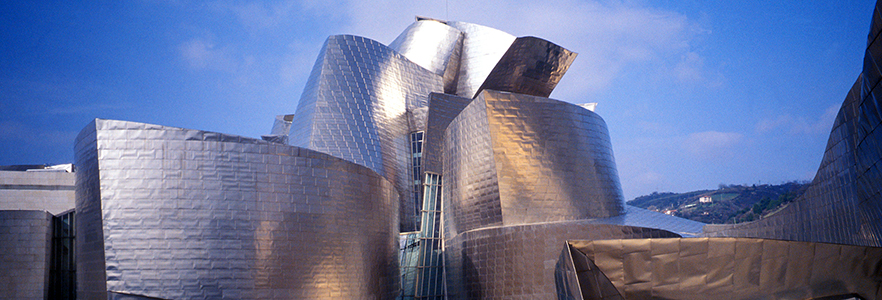Who really designs buildings? Although both engineers and architects regard the mysterious activity we call ‘design’ as their territory, it is generally only architects who get to be the rock stars.
Throughout the modern era architects have positioned themselves as the imagineers of the built environment, turning words into drawn spatial concepts. With one or two exceptions – notably the Spanish architect and engineer Santiago Calatrava – this has established a dualism, splitting the poetics of space (architecture) from its more prosaic technologies (engineering). In celebrity terms, at least, it has also put the poets on top.

Yet it is clear that such a split is illusory and unhelpful. It is as though the architect were writing the words of a poem, while the engineer supplied the sonnet structure. Ridiculous as it is, this dualism shapes our perceptions and our world.
Consider the Sydney Opera House. Two books that centre on the Opera House story are Philip Drew’s biography of its architect, Jørn Utzon, and Peter Jones’ biography of its engineer, Ove Arup. The books are virtually identical in size, weight and even in their blue-black colour.
Yet there is a tell-tale difference. The Utzon cover features the architect in his prime – clearly in control, pencil in hand with the Opera House as a tiny inset image, bottom right. The Arup cover, by contrast, centres on the opera house, while the man himself is set below, back to camera. Arup’s tonsure of white, wispy hair catches the light and his posture is slightly bowed, like an elderly sage giving obeisance.
From our partners:
Utzon and Arup were probably equally essential to reifying the masterwork, and the quality of their engagement equally imaginative. Yet on the building’s designer label, the signature is unquestionably Utzon’s.

The Sydney Opera House is beloved across the world for neither its acoustics nor its structure, but for its beauty – the shimmer of light across its surfaces, the prehistoric heft of the concrete, the sheer effervescence of form, the foam at the meeting of two cultural oceans that produced it.
The post-modern world has taken this phenomenon and capitalised on it. Steve Jobs turned Apple into a global behemoth not through superior functionality but through the simple charisma of aesthetics – visual, aural and kinaesthetic. Suddenly, we are not just resigned to planned obsolescence in our consumer objects, but eager for it, so that we can trade up to our next and newest iteration. This is the power of seduction, not persuasion; working not through the mind but through the senses.
The next millennium, if we are to avoid catastrophe, must be the green millennium. Yet it is by now clear that humanity cannot self-discipline en masse. We cannot shift our own behaviours broadly enough or quickly enough to avert such catastrophe.
It is clearly time for the big guns. And the best, most dramatic and most reliable motivator of human behavioural change is, if you will forgive the word, beauty.
The world’s star architects – such as Zaha Hadid and Frank Gehry – understand this quite as surely as Jobs did. Imagine, though, if any of them had harnessed that power not to profiteering, but to greening. Imagine if the forces of seduction, rather than mere persuasion, the forces of poetry, rather than science, were brought to bear in swinging the vast human Titanic around from catastrophe to survival.
This is today’s great task: unifying technology and poetry in the interest of survival. Making science sing. In many ways, engineers are the best-equipped profession for the task.
This article is written by Emily Farrelly and originally appeared in Arup.















